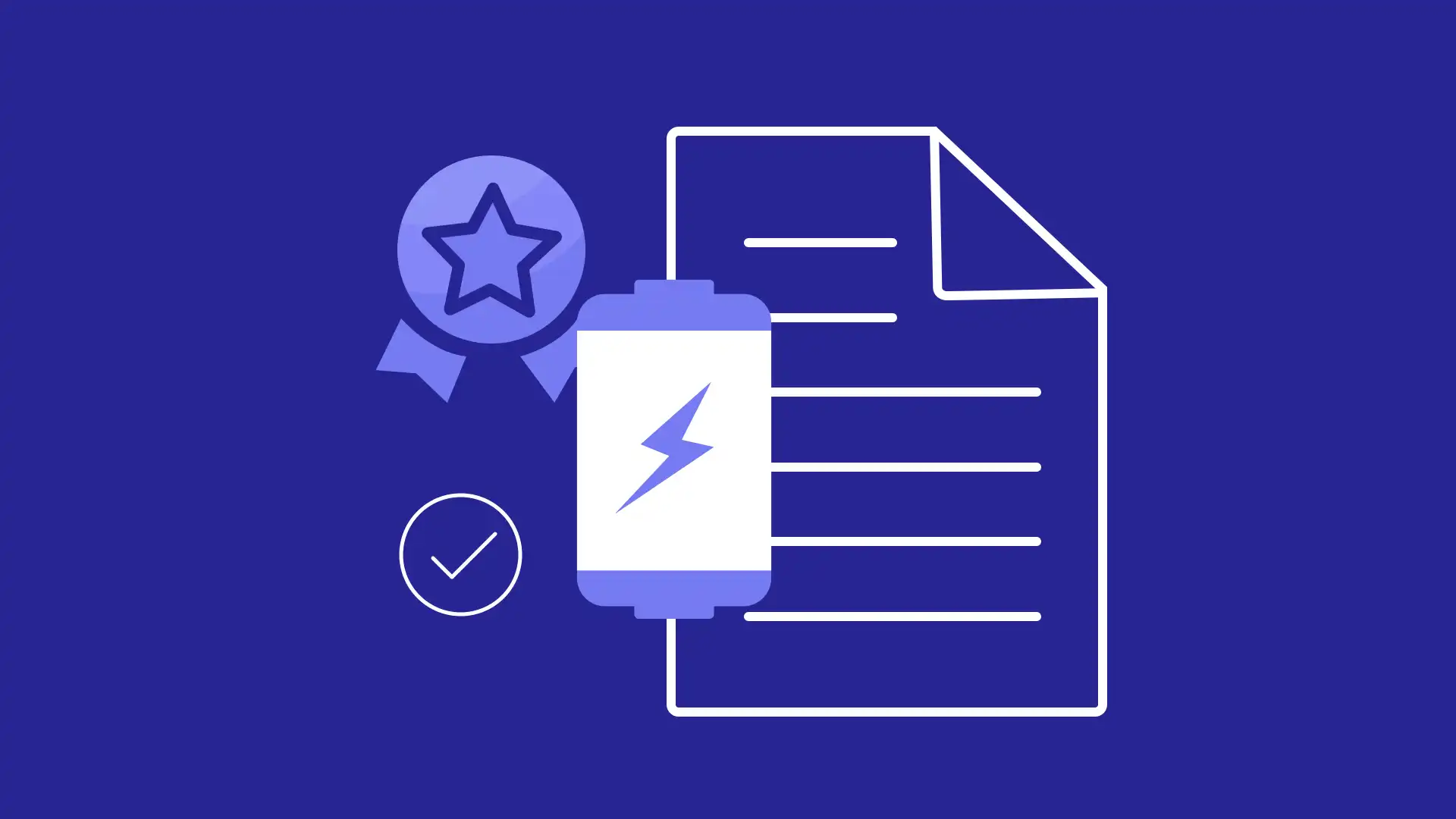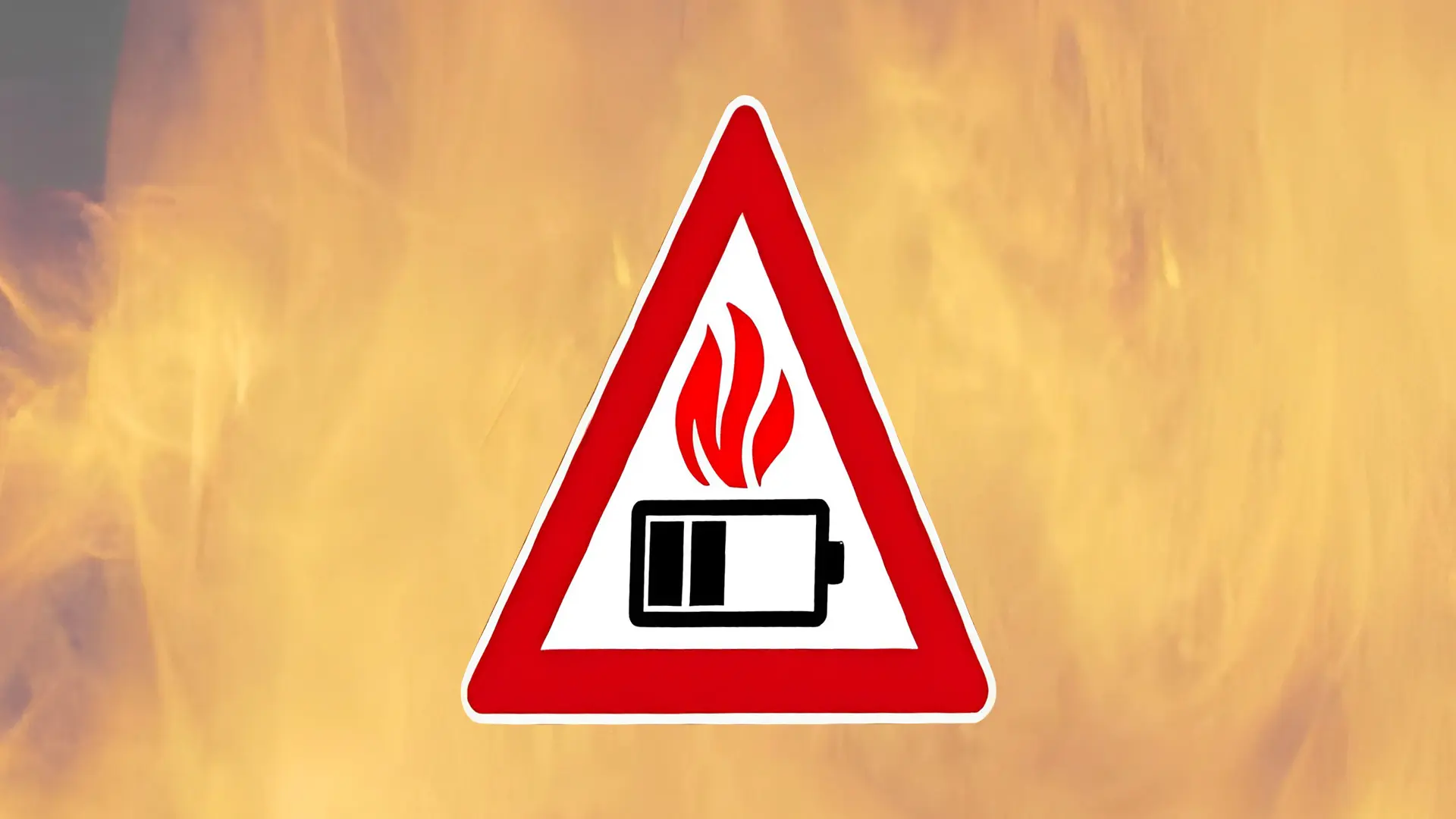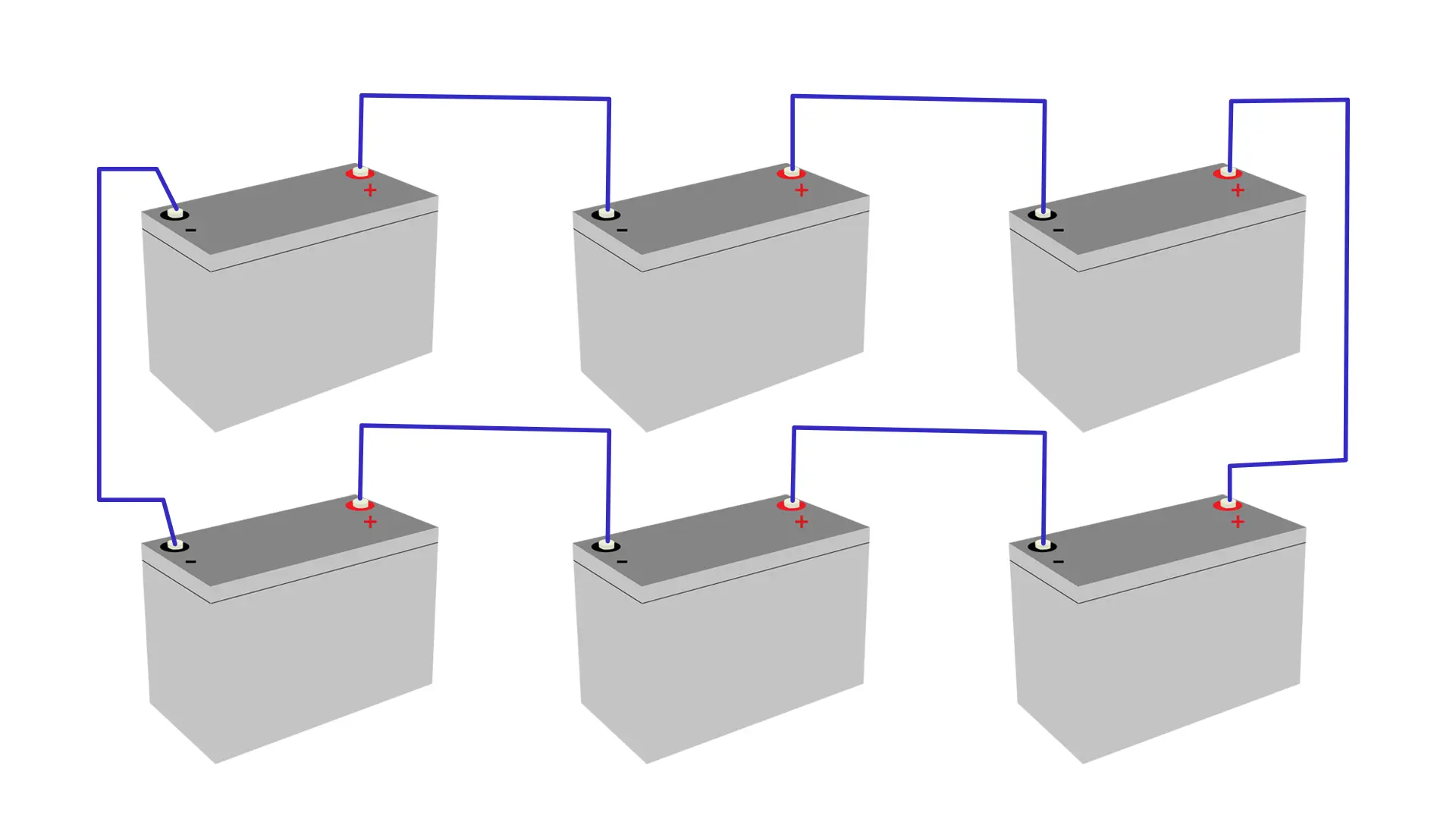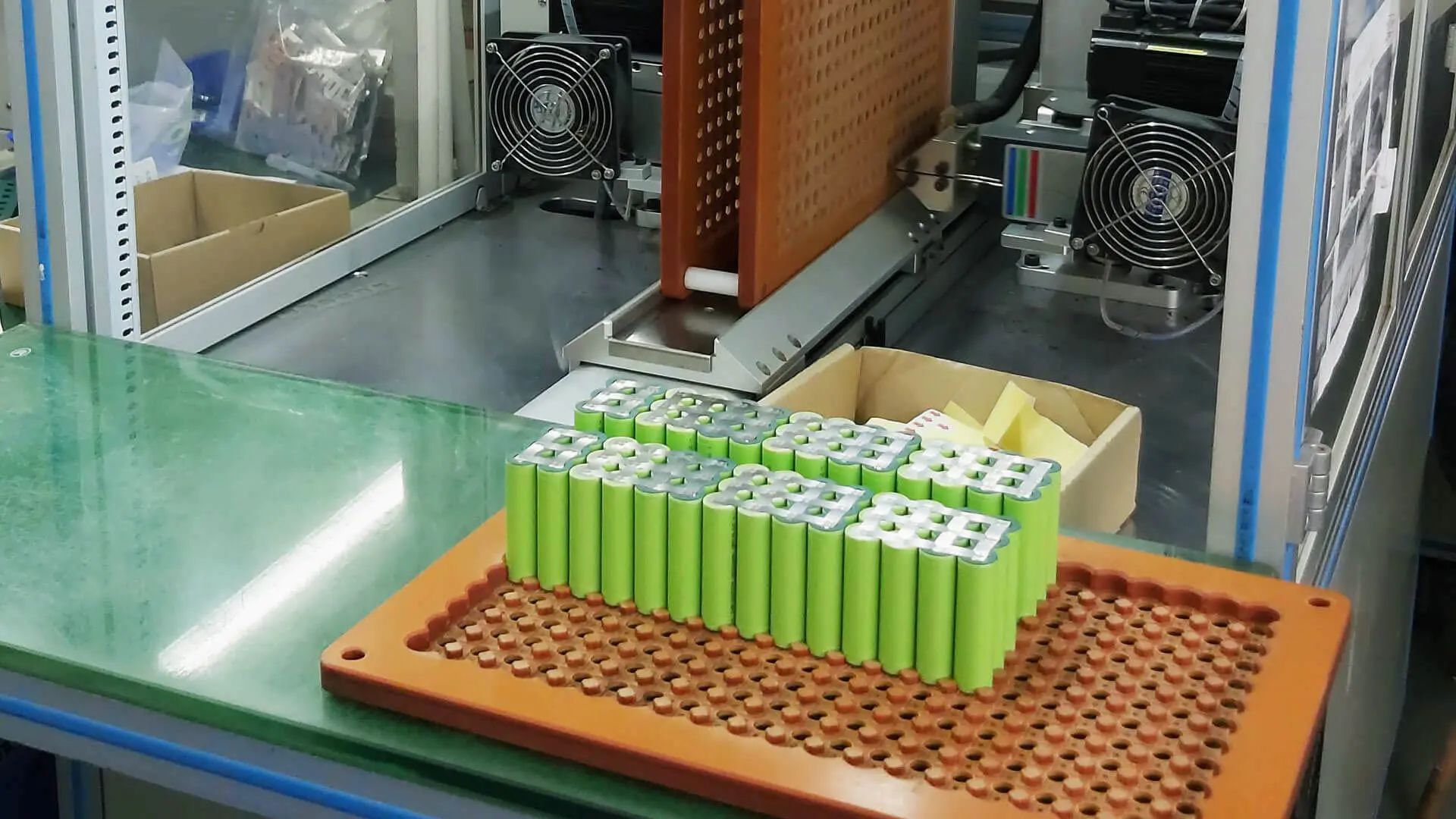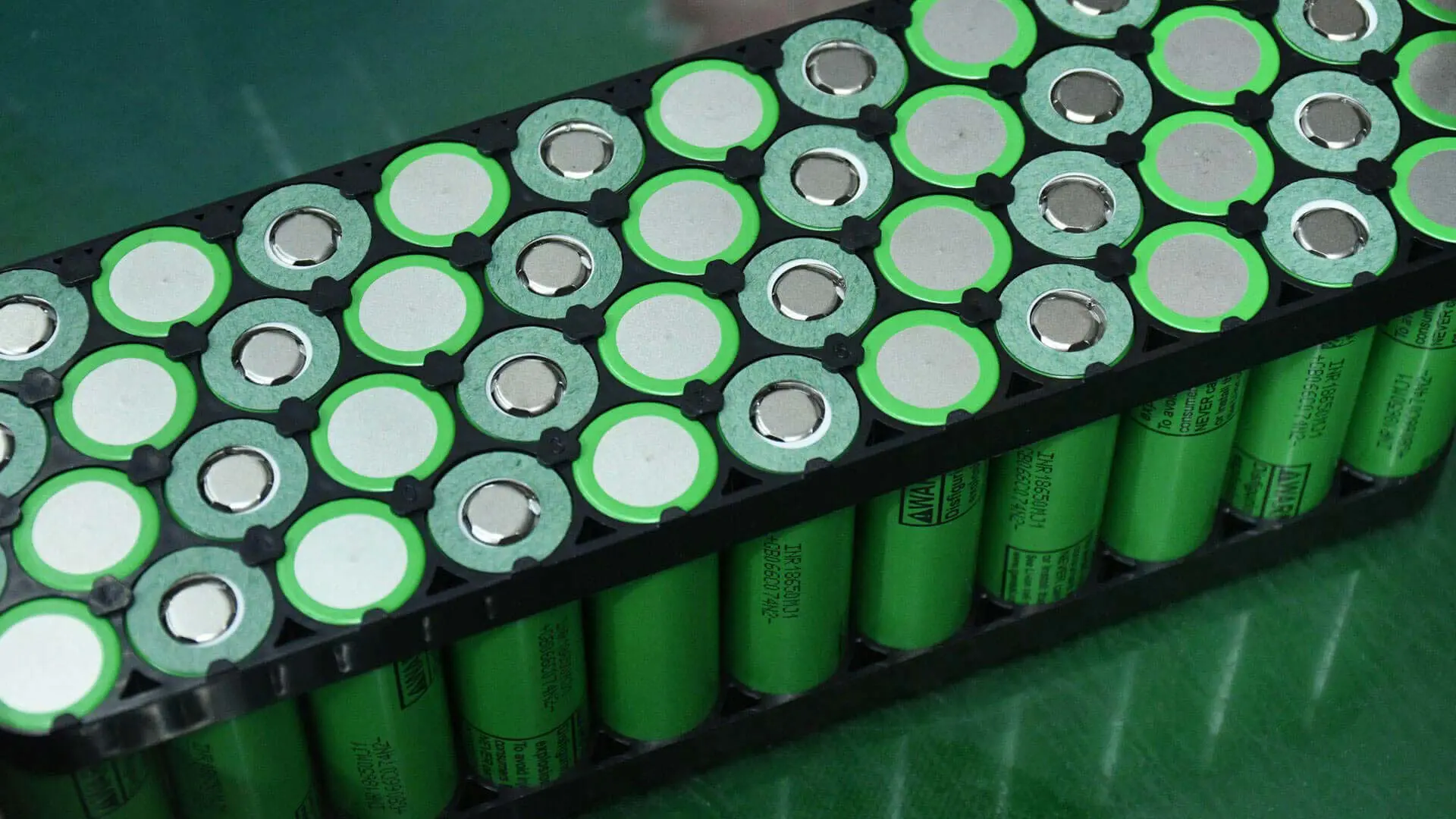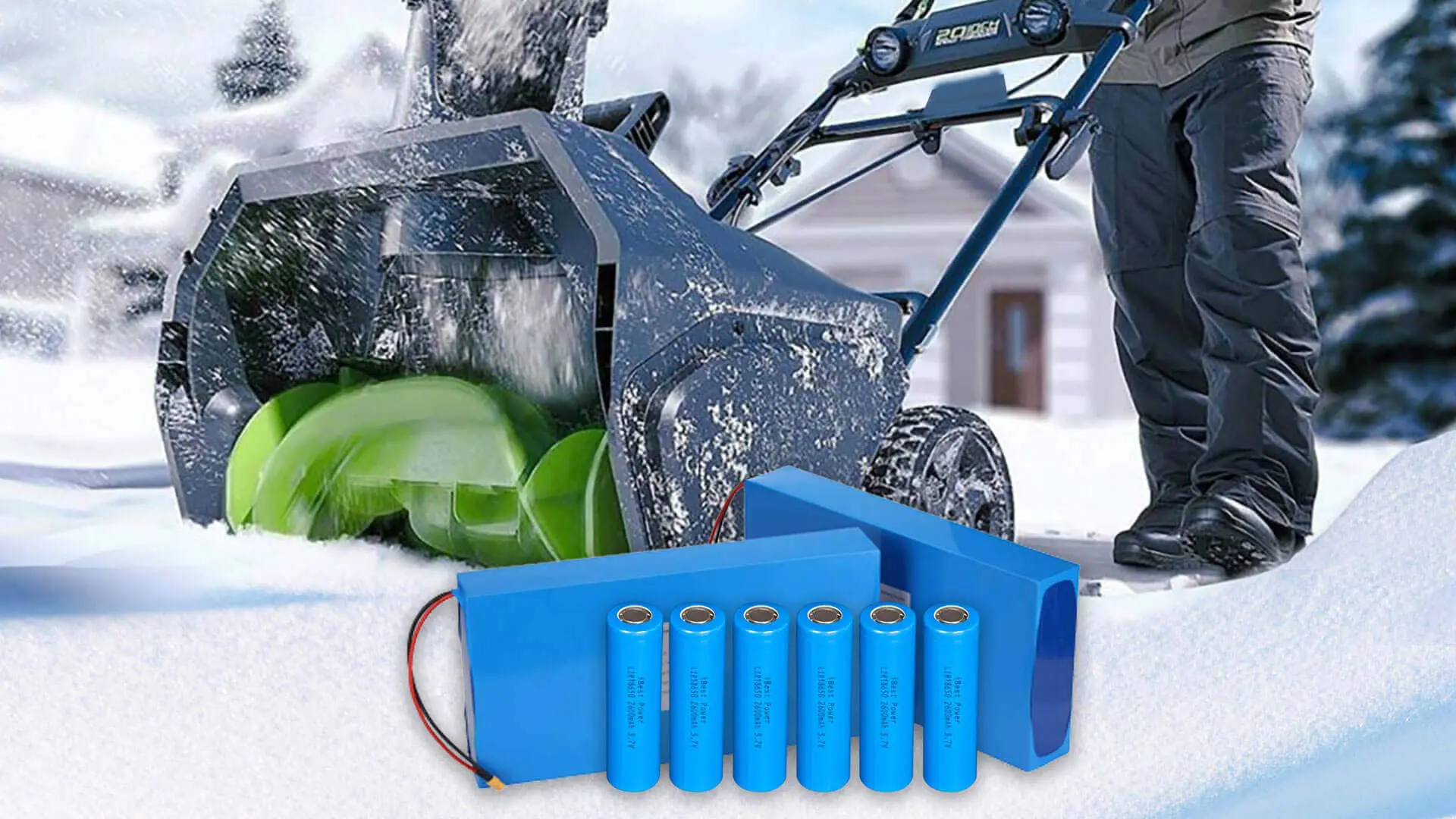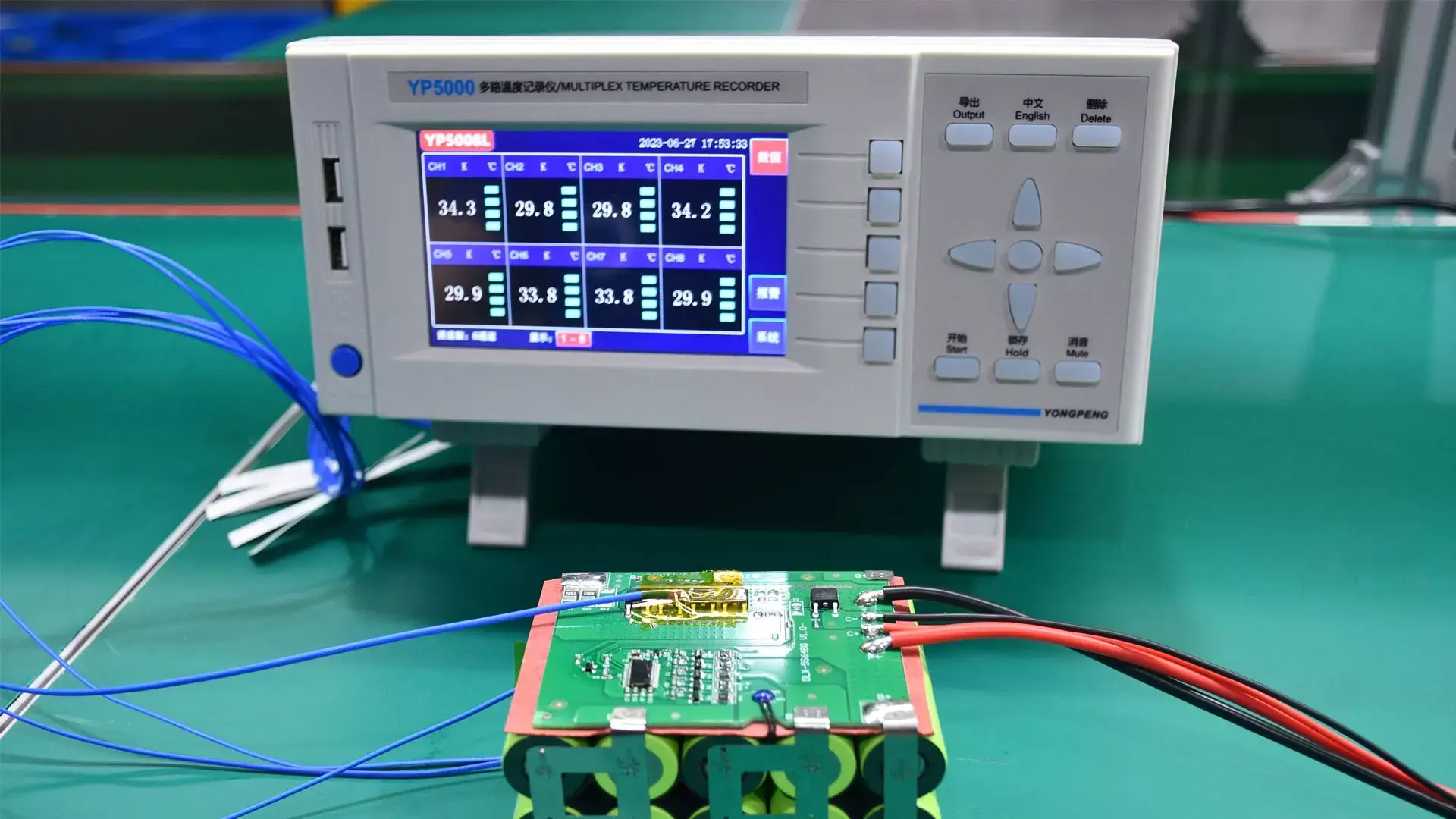Sasquatch. The Loch-Ness Monster. Lithium batteries are too expensive to be practical. These are the most common myths in human history (well, maybe not the last one).
Many myths about lithium batteries and chargers are commonly repeated in our day-to-day lives, but we’re here to give you the facts. Here are the 6 most common myths about lithium-ion batteries.
1. Charging your Battery Overnight will degrade it faster.
Although this may be technically true, the existence of a Battery Management System (BMS) makes this statement incorrect. Any battery equipped with a BMS prevents overcharging. When the battery reaches full charge, the BMS cuts off the charging current and then begins trickle charging the battery at a very low charging current (usually less than 0.1 amps).
This phenomenon does not damage the battery in mobile phone battery applications, but in the case of Li-Ion battery packs customized for your application, it can definitely damage the battery and even cause it to catch fire when using a poor quality charger. This is because poor-quality chargers do not have proper safety mechanisms, so it is also very important to choose original as well as high-quality chargers.
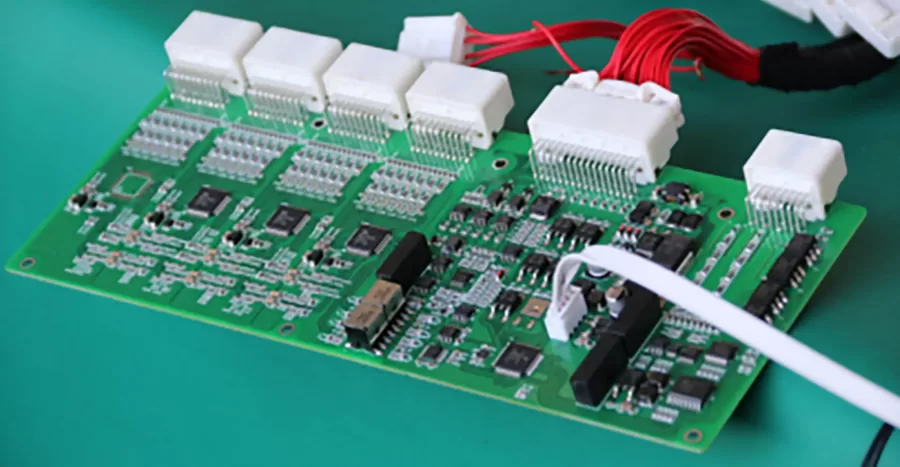
2. You should let your Battery Die Completely Before Charging it.
This is false for lithium battery and charger; allowing your battery to deplete completely could lead to battery damage. It’s best to avoid a full discharge when possible. Try to keep your battery within the 20% to 80% charge range as a best battery health practice. This approach, known as shallow discharge, aids in the preservation of the battery’s integrity and increases its longevity.
3. Freezing your Lithium Battery and Charger helps it Last Longer.
Whoever told you this may have just wanted to see you put your phone in the freezer overnight. There’s no evidence that this works, and in fact, extreme temperatures can damage your battery significantly. So don’t do this. Click here to learn more about the effects of low-temperature environments on lithium batteries.
4. You should charge your Battery for 24 Hours Before Using it for the First Time.
While this isn’t necessarily harmful, it is false. Modern lithium-ion batteries are designed to be utilized immediately, without the need for a lengthy first charge. This will reduce the battery’s lifespan. Each charge depletes one of the limited number of charge cycles available in lithium-ion batteries. Charging a battery over an extended period does not expand capacity; instead, it increases the battery’s wear and tear. There’s no need to do this; go ahead and enjoy your device as soon as the charge is full.
5. You should Only Use the Original Charger your Battery Came with.
While the charger your device came with is the safest bet, that doesn’t mean you can’t buy a different replacement charger. What’s important here is the wattage and the product quality of the replacement charger. As long as you make sure your replacement charger sends the same wattage to your device and the charger’s manufacturer is trusted, the brand doesn’t matter.
6. Lithium Batteries are Dangerous.
Battery management systems make this statement false as well. The BMS is intended to ensure that temperature, damage, or any other threats are detected before they become a problem.
A battery management system (BMS) always checks several parameters of the battery, such as voltage, current, temperature, and cell health. If any of these metrics reaches a hazardous level, the BMS can take remedial action, such as lowering the charging current, restricting the discharging current, or even shutting down the battery entirely. BMS also includes safety elements to defend against external dangers, including overcharging, short-circuiting, and physical damage. These characteristics can aid in the prevention of fires, explosions, and other potentially hazardous circumstances.
While lithium battery and charger fires may occur, they are extremely rare and usually arise from abuse or damage. Users can reduce the risk of accidents by following correct handling and storage rules and relying on the BMS’s safety features. Because of this safety net from your manufacturer, you can safely use your device without worrying about explosions or fires. While they are possible, the chances of them occurring are very unlikely.
Now that these common myths are debunked, you can enjoy your lithium-ion battery-powered device without concern. Check out CMB for more helpful tips on how to get the most out of your lithium-ion battery.

